The Thar Desert is a large and arid region in the north-western part of the Indian subcontinent that covers an area of 200,000 sq km (77,000 sq mi) in India and Pakistan.
It is the world’s 18th-largest desert, and the world’s 9th-largest hot subtropical desert. It forms a natural boundary between India and Pakistan, and is home to a rich biodiversity and cultural heritage.
History of desertification
The Thar Desert was not always a desert. It was once a lush green landscape with rivers and lakes, until the climate changed and the region became drier. There are two main theories about the causes of desertification in the Thar Desert:
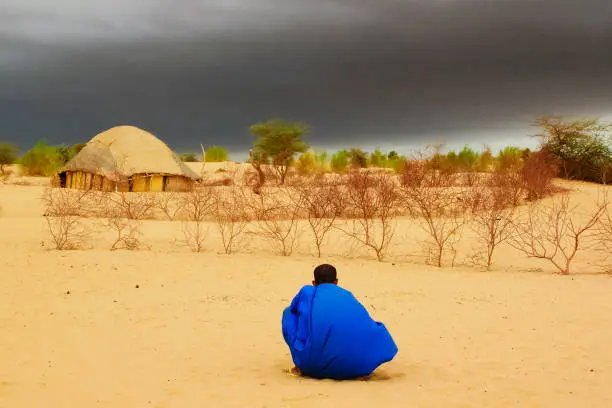
Ice-age desertification
According to this theory, the Thar Desert was formed during the last glacial period, when the Himalayan glaciers expanded and blocked the flow of the monsoon winds, reducing the rainfall in the region.
Desertification due to drying up of Sarasvati river
According to this theory, the Thar Desert was formed when the Sarasvati river, a major river that flowed through the region, dried up due to tectonic movements or overexploitation of water resources.
Geography
The Thar Desert lies between the Aravali Hills in the northeast, the Rann of Kutch along the western coast, and the alluvial plains of the Indus River in the northwest. The desert has a varied topography, with sand dunes, salt lakes, rocky outcrops, and hills. The soil of the desert is mostly sandy, with patches of clay and saline deposits. The desert is prone to wind erosion, which causes shifting sand dunes and dust storms.
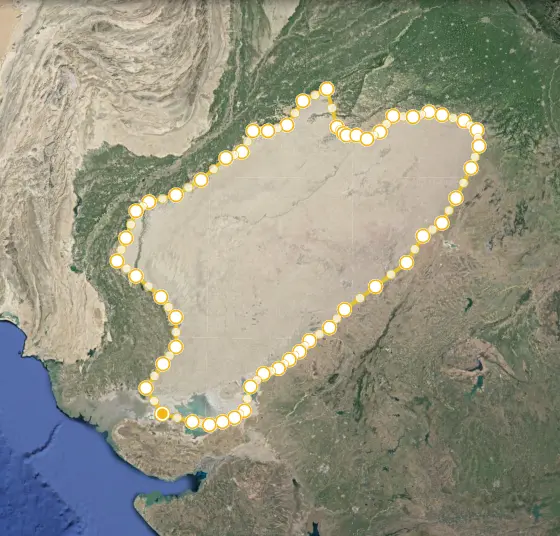
The climate of the Thar Desert is hot and dry, with extreme temperatures and low rainfall. The average annual rainfall is less than 250 mm (10 in), and most of it occurs during the monsoon season from July to September. The average annual temperature is about 26 °C (79 °F), but it can range from 0 °C (32 °F) in winter to 50 °C (122 °F) in summer.
The Thar Desert faces several environmental challenges, such as water scarcity, land degradation, desertification, and climate change. To cope with these challenges, various measures have been taken, such as:
- Desertification control: Several projects have been launched to prevent the expansion of the desert and to restore the degraded land, such as planting trees, constructing check dams, creating sand fences, and promoting sustainable agriculture.
- Protected areas: Several protected areas have been established to conserve the biodiversity and the cultural heritage of the desert, such as the Desert National Park, the Tal Chhapar Sanctuary, and the Sundha Mata Conservation Reserve.
Biodiversity
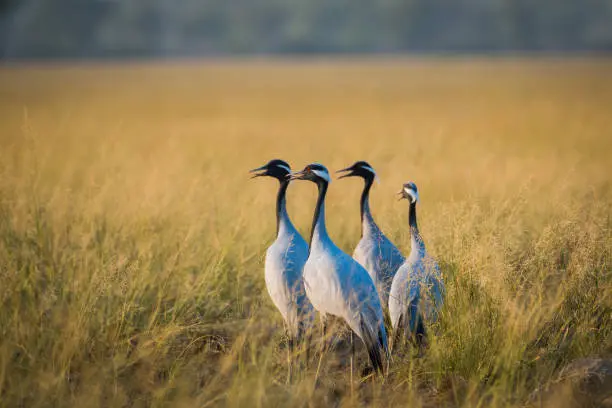
The Thar Desert is home to a diverse range of flora and fauna, adapted to the harsh conditions of the desert. Some of the fauna found in the desert are:
Camel
The camel is the state animal of Rajasthan, and is also known as the ship of the desert. It belongs to the dromedary, or Arabian, camel species, which has one hump and can survive without water for up to 15 days. It can tolerate high temperatures, low rainfall, and high salinity, and can feed on a variety of plants, including thorny and bitter ones.
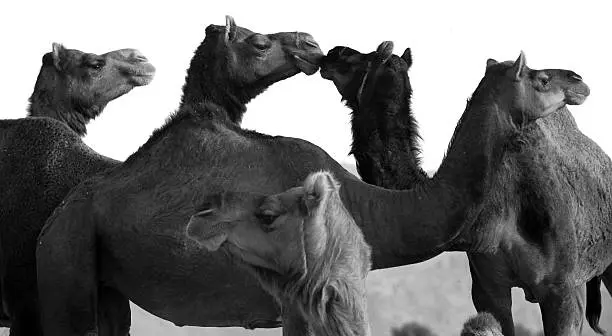
It has many adaptations to the desert environment, such as long eyelashes, hairy ears, and nostrils that can close to keep out dust and sand. It has a special blood system that allows it to store water in its bloodstream, and a unique metabolism that prevents it from sweating excessively. It has a gestation period of about 13 months, and gives birth to one calf at a time, which can stand and walk within a few hours. It can produce up to 10 liters of milk per day, which is rich in protein, fat, and minerals, and has medicinal properties. It can carry up to 450 kg of load, and can travel up to 50 km per day, making it an ideal mode of transport in the desert.
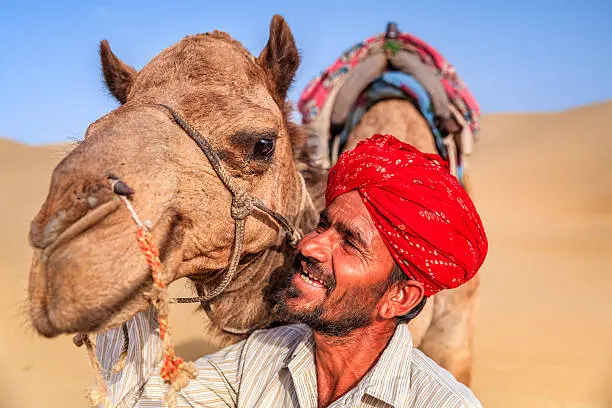
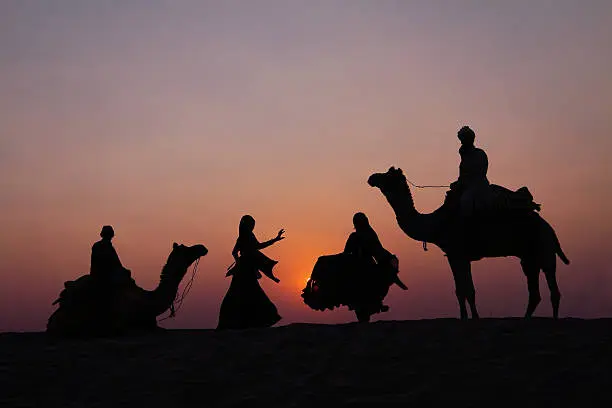
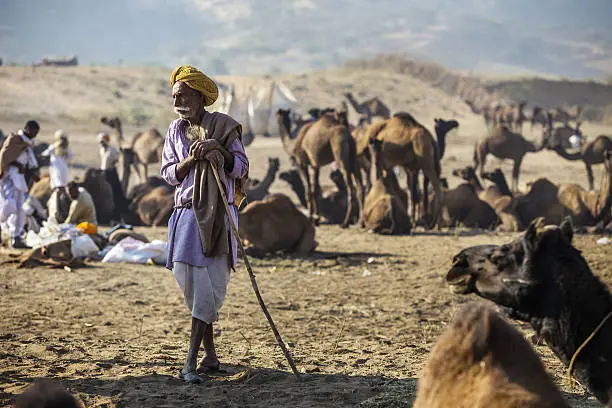
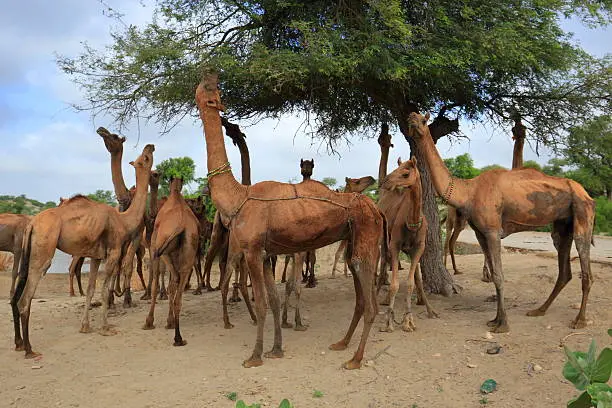
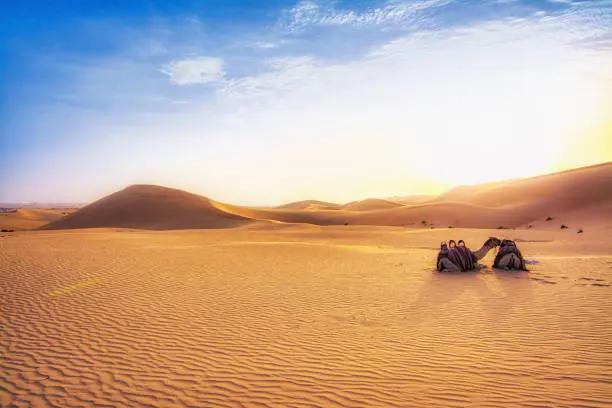
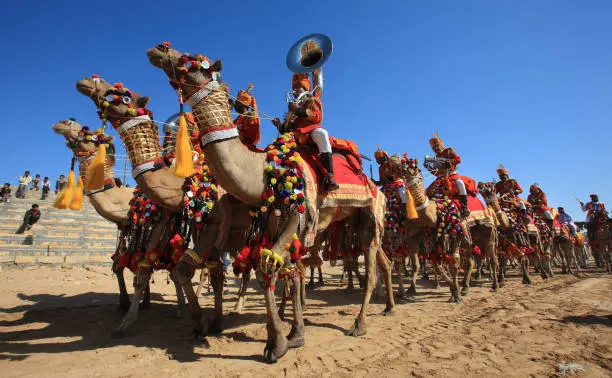
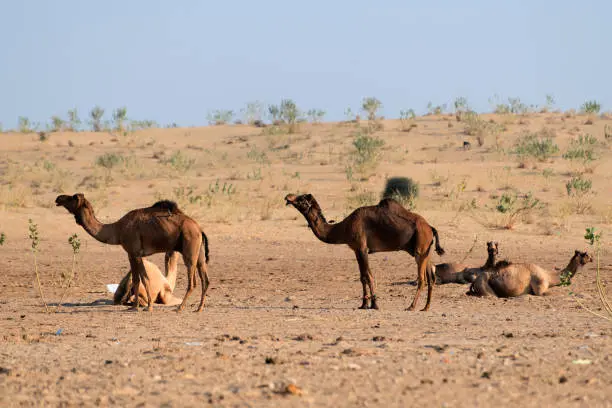
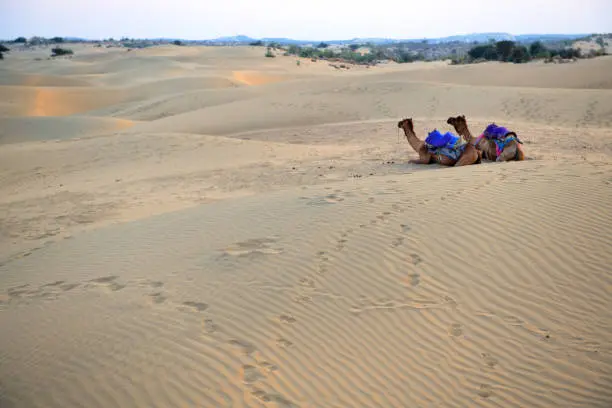
It is used for various purposes, such as ploughing, threshing, manuring, wool, leather, and tourism. It is considered sacred by the Raika community, who believe that they have a divine duty to care for the camels in the desert. It is celebrated in various festivals and fairs, such as the Pushkar Fair and the Camel Festival, where the camels are decorated, raced, and traded.
Blackbuck
A graceful antelope with spiral horns and a black and white coat, the blackbuck is the state animal of Rajasthan and a symbol of the Thar Desert. It is found in open grasslands and scrublands, and feeds on grasses and herbs.
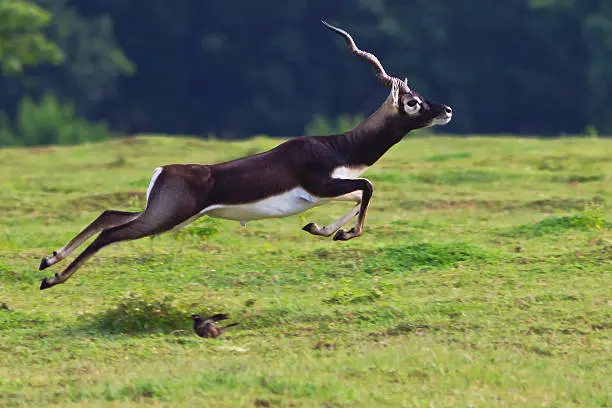
Chinkara
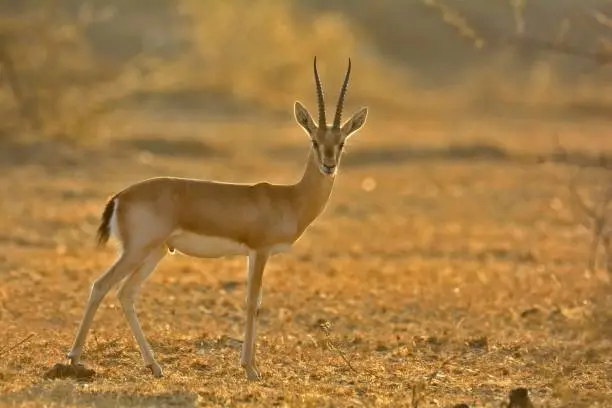
A small and shy gazelle with a reddish-brown coat and a black stripe on the face, the chinkara is also known as the Indian gazelle. It is found in arid and semi-arid habitats, and feeds on grasses, leaves, and fruits.
Indian wild ass
A large and sturdy equid with a sandy coat and a black stripe on the back, the Indian wild ass is also known as the khur. It is found in the Rann of Kutch, and feeds on grasses, shrubs, and salt-tolerant plants.
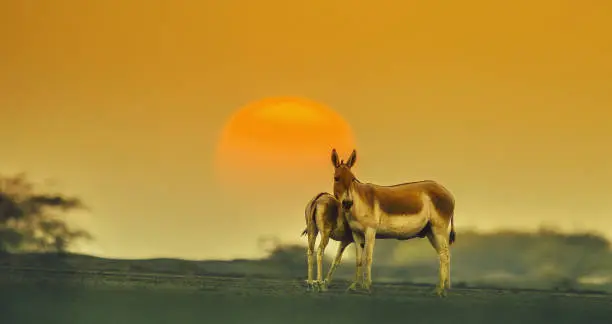
Caracal
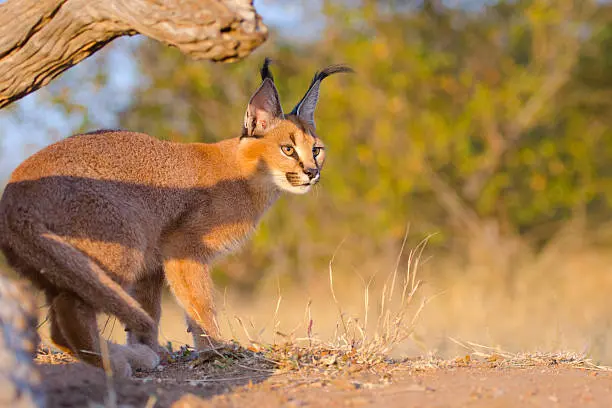
A medium-sized cat with long ears and a short tail, the caracal is also known as the desert lynx. It is found in rocky and sandy areas, and preys on rodents, birds, and small mammals.
Red fox
A small and agile canid with a reddish coat and a bushy tail, the red fox is also known as the Indian fox. It is found in various habitats, and feeds on insects, fruits, and small animals.
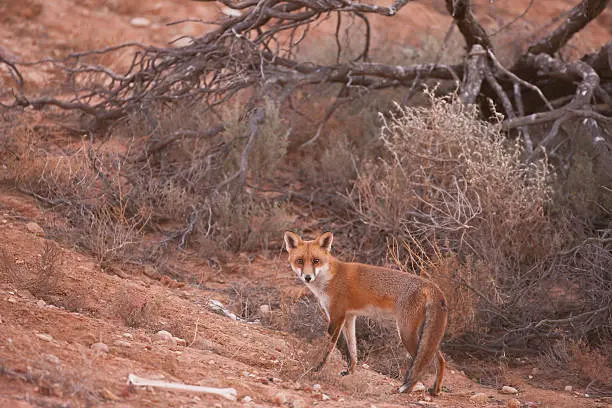
Peacock
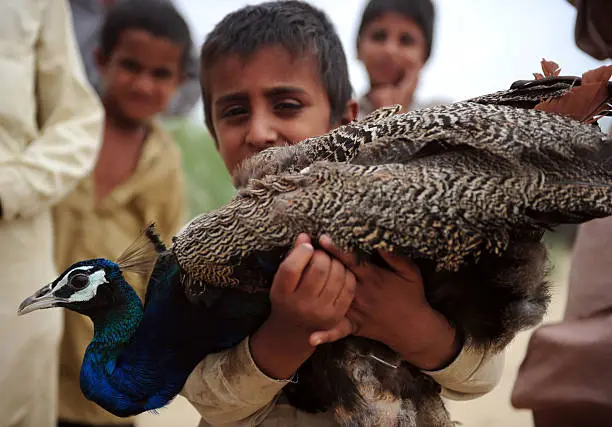
A large and colorful bird with a long and iridescent tail, the peacock is the national bird of India and a symbol of the Thar Desert. It is found in open forests and farmlands, and feeds on seeds, fruits, and insects.
The Great Indian bustard
The Great Indian bustard (Ardeotis nigriceps) is one of the heaviest flying birds in the world, with a height of about one metre and a weight of up to 15 kg. It has a black cap, a pale head and neck, and a brownish body with a black patch spotted in white. The male has a black breast band and a large gular pouch that inflates during display. The female is smaller and lacks the breast band and the pouch.
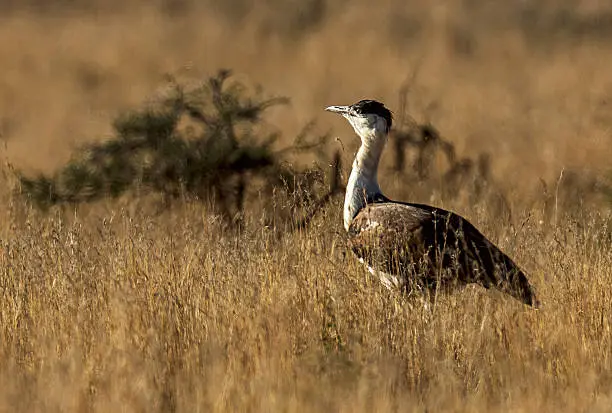
The Great Indian bustard is a flagship species of the grassland ecosystem, representing its health and diversity. It is protected under the Wildlife Protection Act 1972 of India and is listed in Appendix I of CITES and CMS.
The Indian government has launched several initiatives to conserve and breed this species, such as the Habitat Improvement and Conservation Breeding of Great Indian Bustard program, the Project Great Indian Bustard, and the establishment of sanctuaries like the Desert National Park and the Kutch Bustard Sanctuary.
The Great Indian bustard is found mainly in the arid and semi-arid grasslands of India and Pakistan. It was once widespread across the Indian subcontinent, but now its population is estimated to be less than 200 individuals, mainly in Rajasthan and Gujarat. The main threats to its survival are hunting, habitat loss, and collision with power lines.
The Pakistan government has not taken any effective measures to save the Great Indian bustard, which is critically endangered in Pakistan due to hunting and habitat loss. According to a survey conducted in 2013, there were only a few birds left in the Cholistan desert, which is part of the bird’s historical range. It is possible that some birds may migrate from India’s Desert National Park to Pakistan, but they face a high risk of poaching there.
Help – Save the Great Indian Bustard!
Namaste, everyone!
The Great Indian bustard, our cool bird friend locally known as Godawan. But here’s the thing – they’re kinda in trouble. Like, really big trouble. There are barely 200 of them left, hanging out only in the Desert National Park in Jaisalmer.
This bird – one meter tall and weighing up to 15 kgs. That’s like having a super heavy flying friend! They used to chill in both India and Pakistan’s Thar Desert, but not so much these days.
Here’s the real deal – these birds are in more danger than tigers! Our government clocked onto this in 1971, but it’s been snoozing on the issue since then. Hunting and those high-voltage lines in the desert are giving them a tough time.
There’s no hope from Pakistan, because they have already lost them and even human are in danger over there.
While the Indian government’s all hyped about getting cheetahs from other countries, our homegrown birds are facing a crisis. The last count was in 2013 when only 125 were left in the Desert National Park. Scary, right? There’s no recent data, and that’s scarier.
We gotta step up! Spread the word! Let’s save these awesome birds. Share this message so that a few left real humans can save these few left beautifuls, start talks, and let’s keep the Great Indian bustard from becoming just a story for our grandkids.
You can write to – [email protected], [email protected]
Thanks for your time!
Wolf
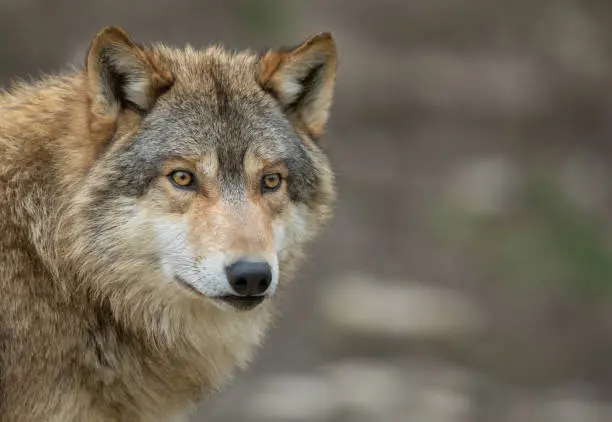
A large and social canid with a grayish coat and a bushy tail, the wolf is also known as the Indian wolf. It is found in arid and semi-arid regions, and hunts in packs for deer, antelopes, and livestock.
Sand grouse
A small and plump bird with a brown and gray plumage and a short tail, the sand grouse is also known as the Indian sand grouse. It is found in sandy and stony areas, and feeds on seeds and insects.
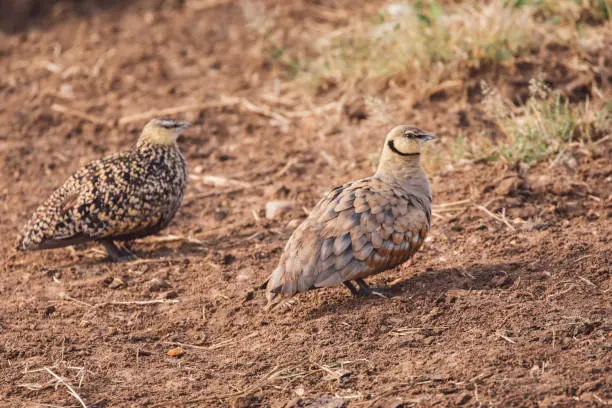
Leopard

A large and powerful cat with a spotted coat and a long tail, the leopard is also known as the Indian leopard. It is found in various habitats, and preys on deer, antelopes, and livestock.
Asiatic wild cat
A small and slender cat with a sandy coat and a black-tipped tail, the Asiatic wild cat is also known as the desert cat. It is found in arid and semi-arid regions, and feeds on rodents, birds, and reptiles.
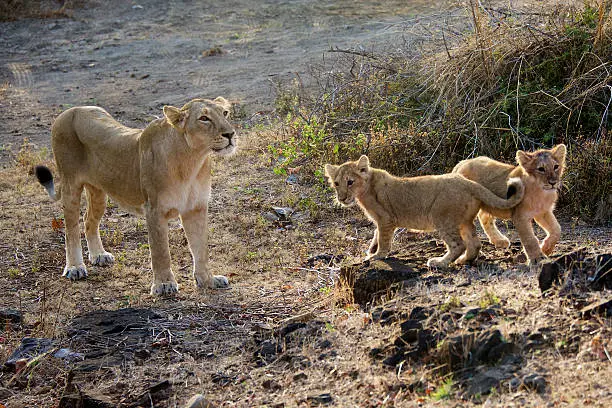
Some of the flora found in the desert are:
Cactus
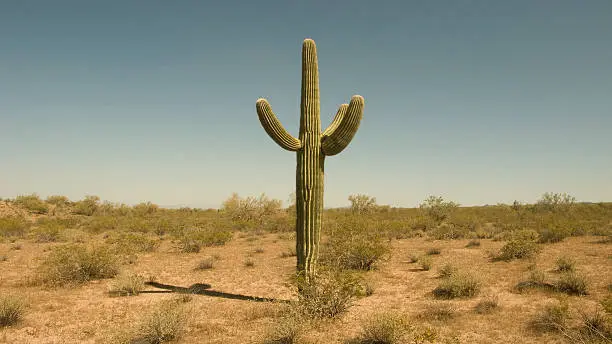
A succulent plant with spines and fleshy stems, the cactus is a common sight in the Thar Desert. It can store water in its tissues and survive in dry conditions. Some of the cacti found in the desert are the prickly pear, the barrel cactus, and the saguaro.
Neem
A deciduous tree with a bitter taste and medicinal properties, the neem is also known as the Indian lilac. It can grow in poor and saline soils and provide shade and fodder. It is used for various purposes, such as toothpaste, soap, insecticide, and medicine.
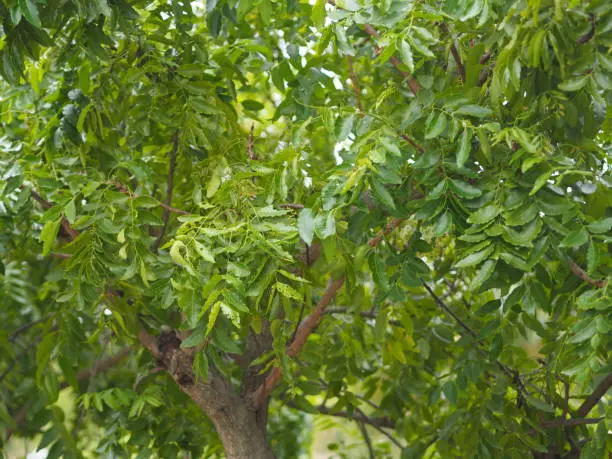
Khejri
A thorny tree with a greenish bark and small leaves, the khejri is also known as the Indian mesquite. It can fix nitrogen in the soil and improve its fertility. It is considered sacred by the people of the desert and is used for timber, fuel, food, and medicine.


Acacia nilotica
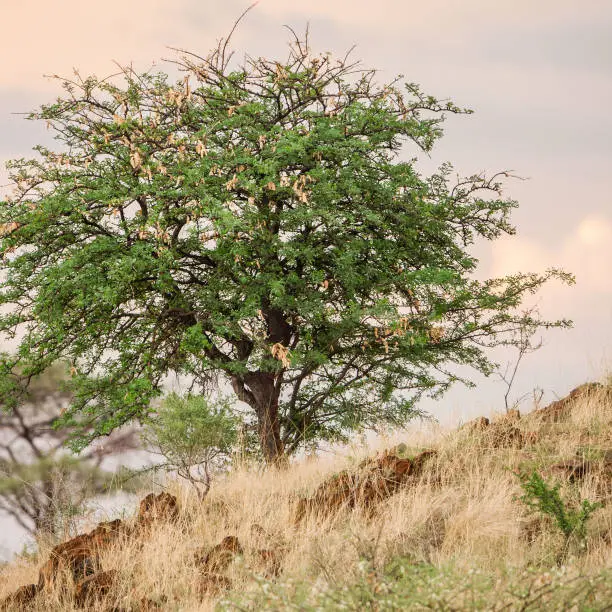
A spiny tree with a dark brown bark and yellow flowers, the acacia nilotica is also known as the Indian gum arabic tree. It can tolerate drought and salinity and provide shade and fodder. It is used for tanning, dyeing, and medicine.
People in Thar Desert
The Thar Desert is inhabited by various ethnic groups, such as the Rajputs, the Jats, the Bishnois, the Gujjars, the Meenas, the Bhils, the Meghwals, the Marwaris, the Sindhis, and the Balochis. They have a rich and diverse culture, with their own languages, religions, customs, arts, and crafts. Some of the aspects of their culture are:
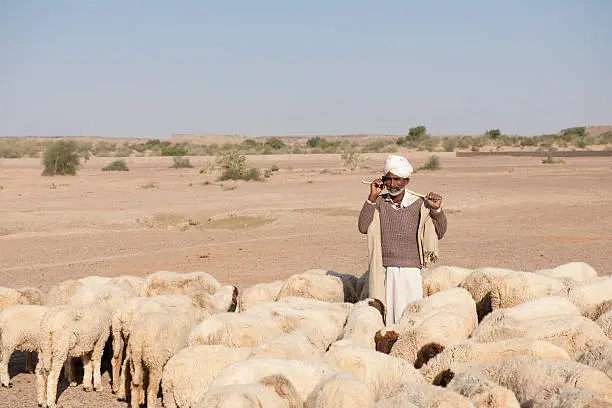
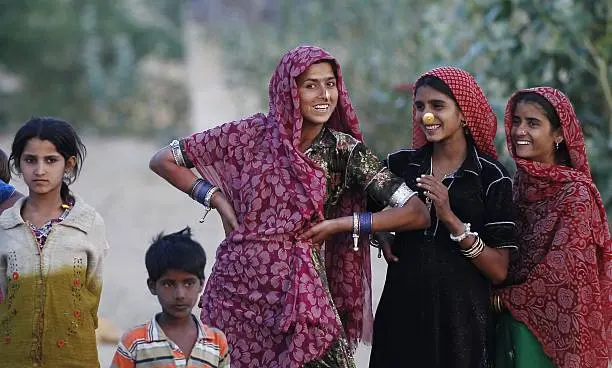
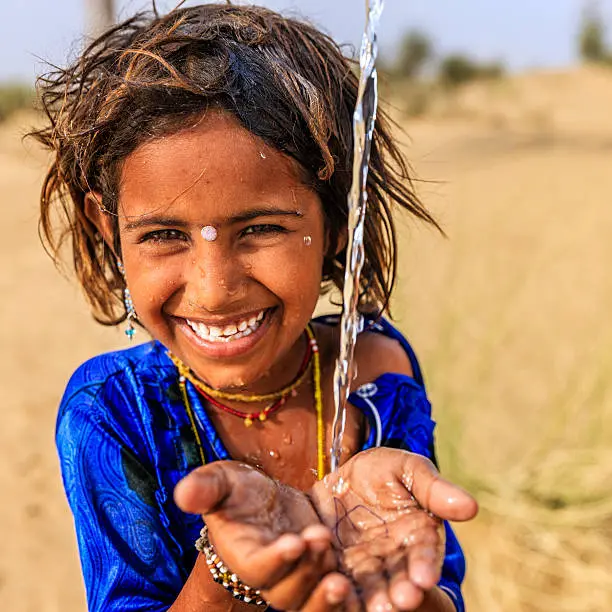
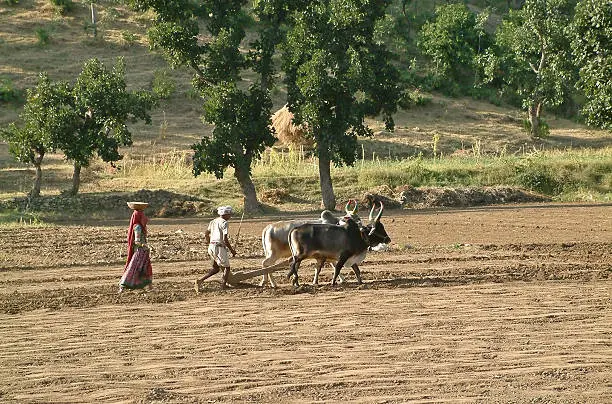
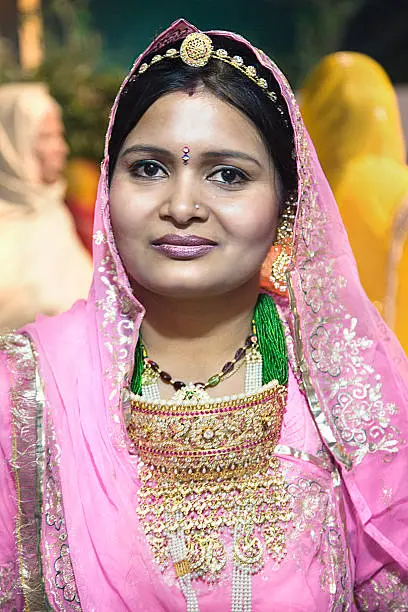
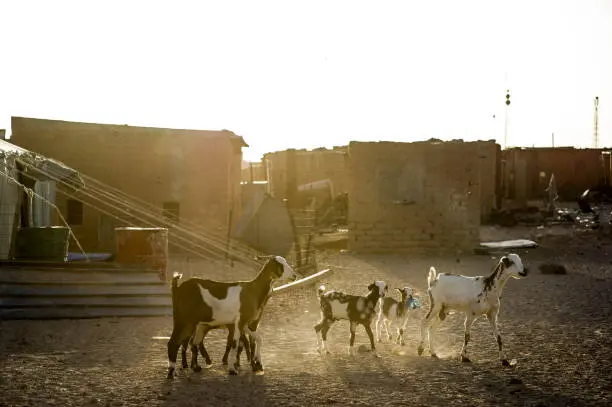





Water and housing in the desert
The people of the desert have developed ingenious ways of collecting and storing water, such as baoris (stepwells), johads (ponds), kunds (tanks), and khadins (check dams). They also build their houses with locally available materials, such as mud, stone, and thatch, and decorate them with colorful paintings and motifs.
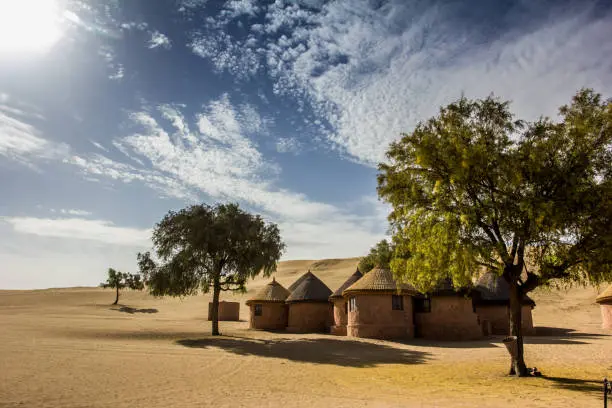
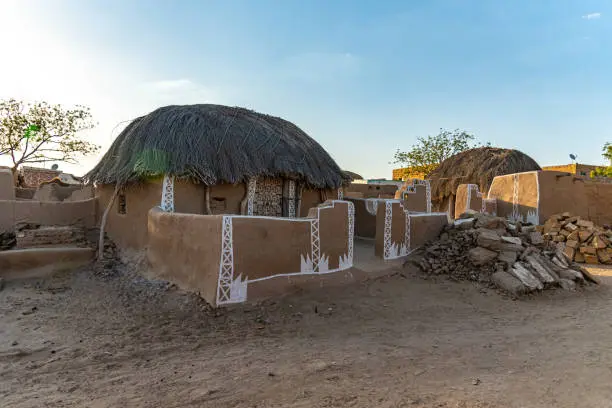
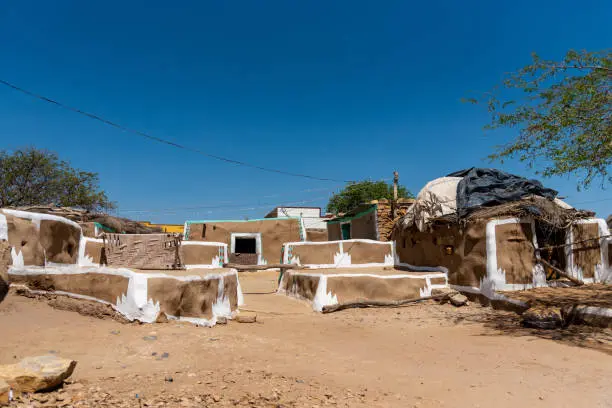
Agriculture
The people of the desert practice agriculture, despite the harsh conditions. They grow crops such as millet, sorghum, wheat, barley, pulses, and cotton, using methods such as rain-fed farming, irrigation, and crop rotation. They also cultivate fruits such as dates, figs, and melons, and spices such as cumin, coriander, and fennel.

Livestock
The people of the desert keep livestock, such as camels, cows, buffaloes, sheep, goats, and horses, for various purposes, such as transport, milk, meat, wool, and leather. They also breed some of the finest breeds of animals, such as the Marwari horse, the Tharparkar cow, and the Chokla sheep.





Agroforestry

The people of the desert practice agroforestry, which is the integration of trees and crops on the same land. This helps to conserve soil and water, enhance biodiversity, and provide multiple benefits, such as food, fuel, fodder, and medicine. Some of the trees planted in agroforestry systems are neem, khejri, acacia, and eucalyptus.
Ecotourism
The people of the desert promote ecotourism, which is the responsible travel to natural and cultural areas that conserves the environment.

Culture and heritage of the Thar Desert
The people of the desert have a rich and diverse culture and heritage, with their own languages, religions, customs, arts, and crafts. Some of the aspects of their culture and heritage are:
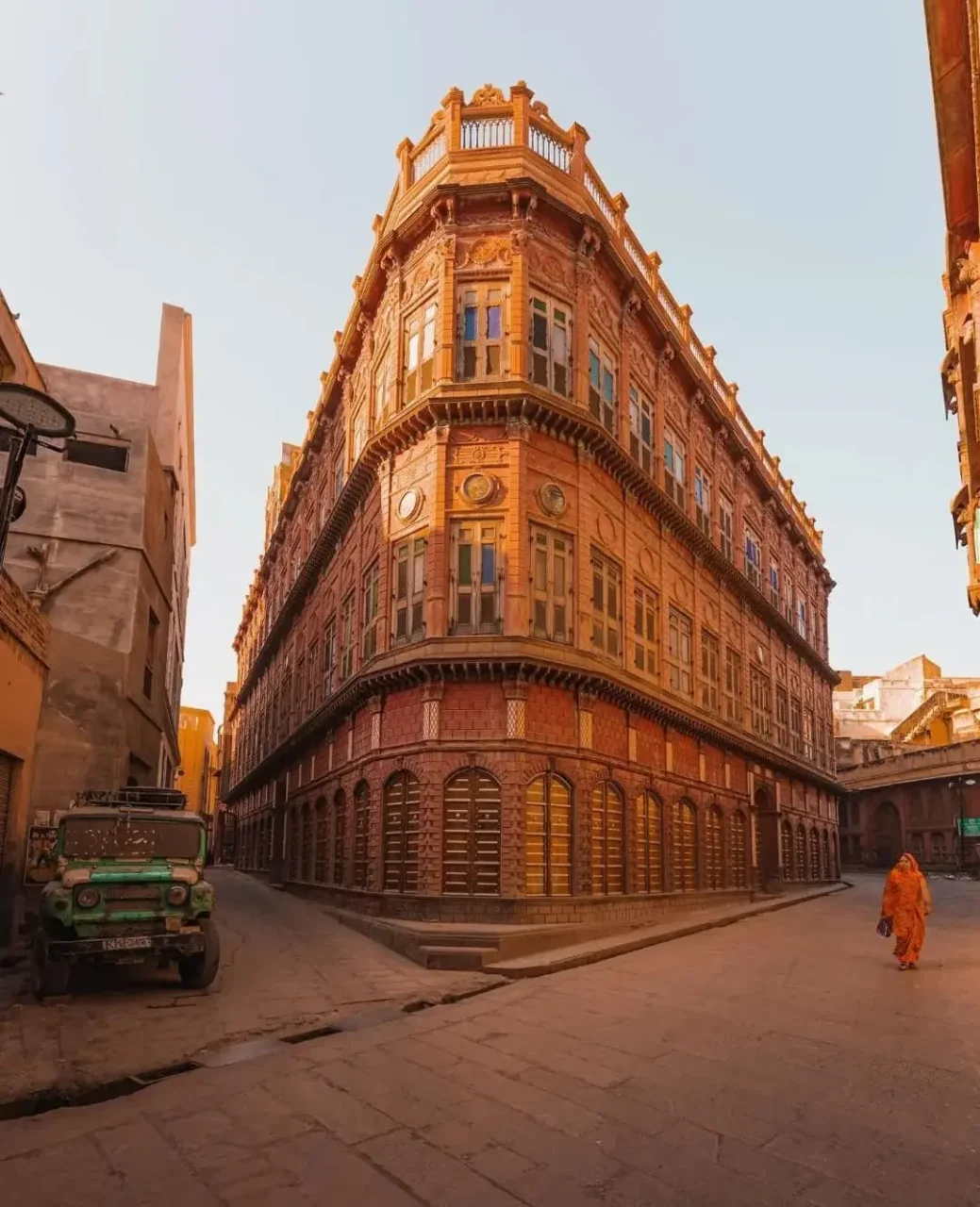

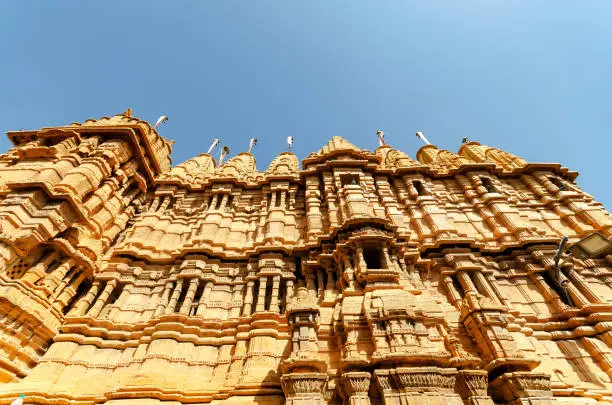
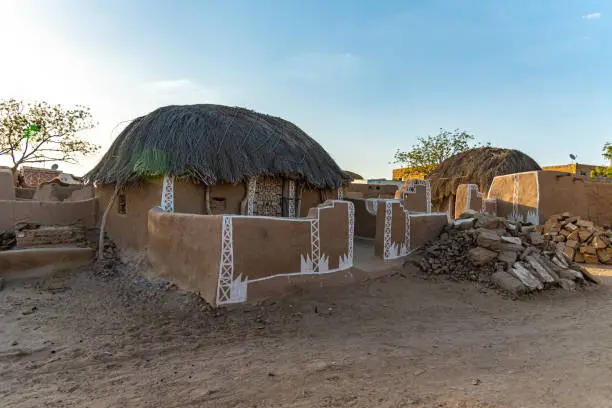
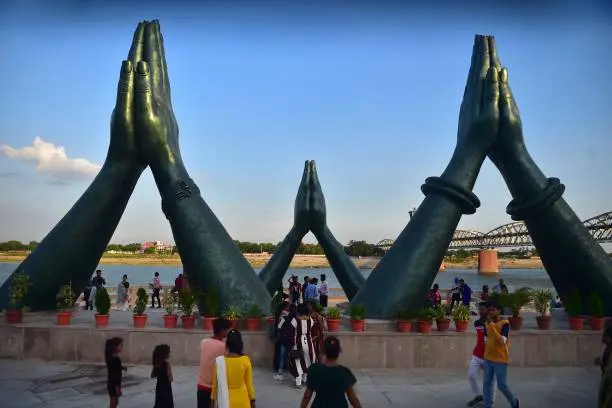
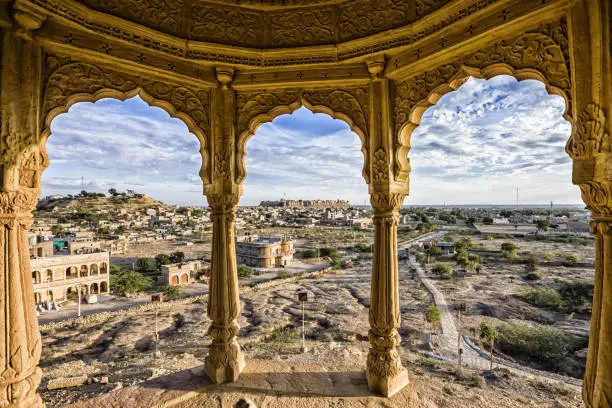
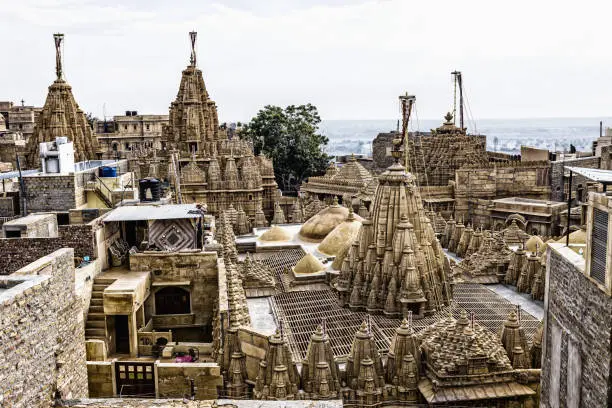
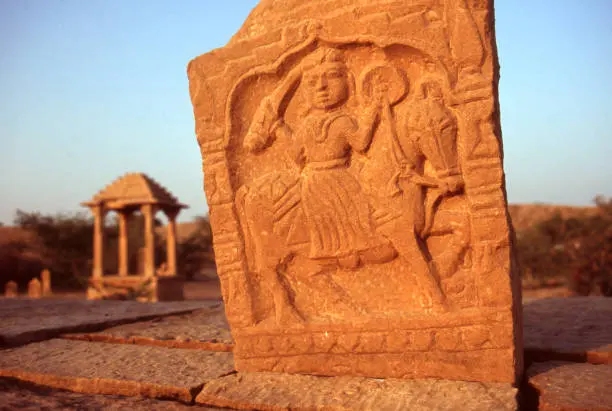
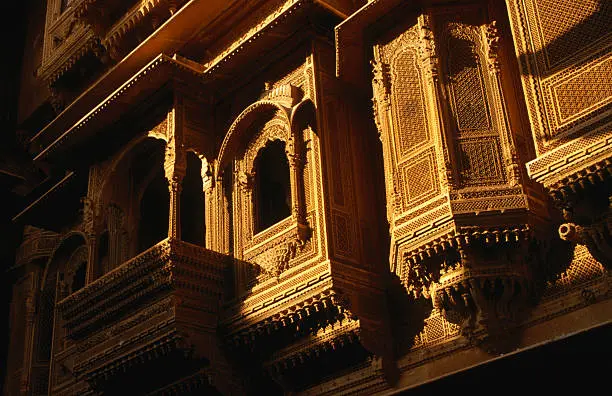
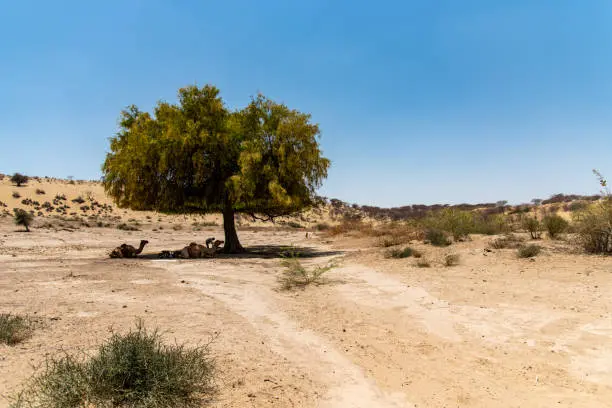

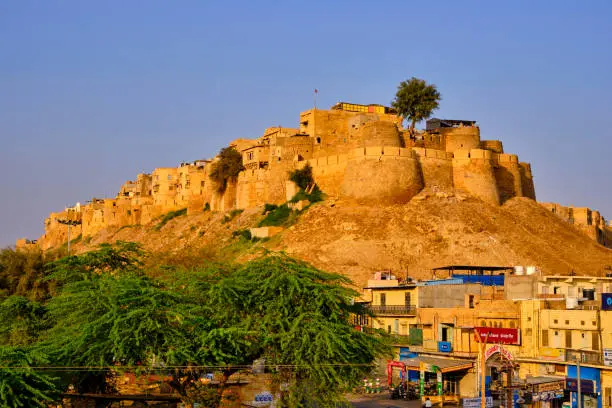
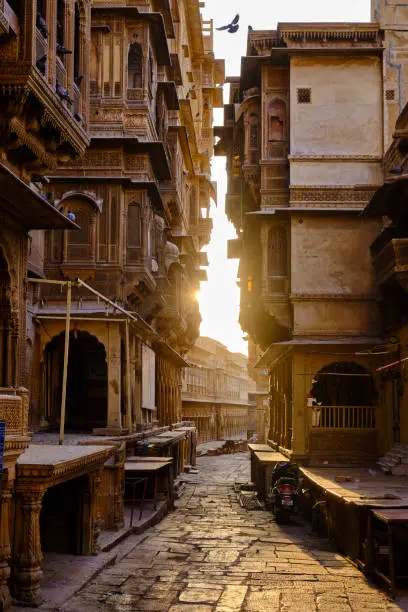
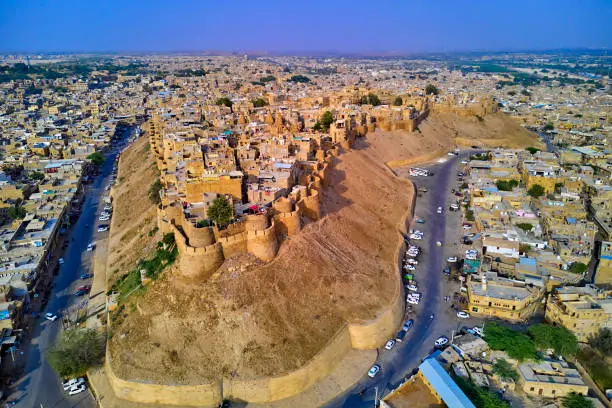
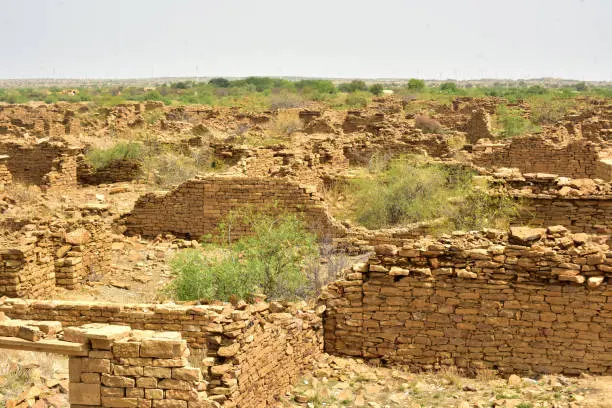
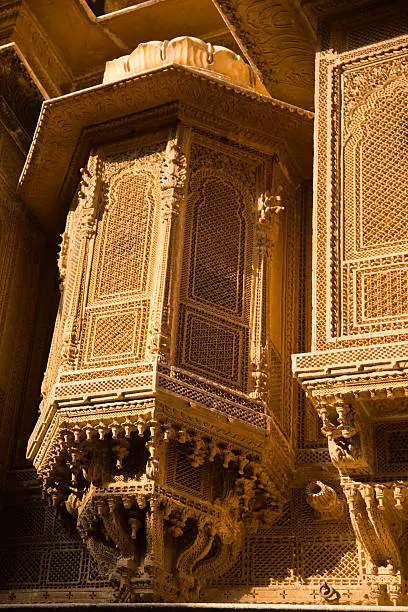
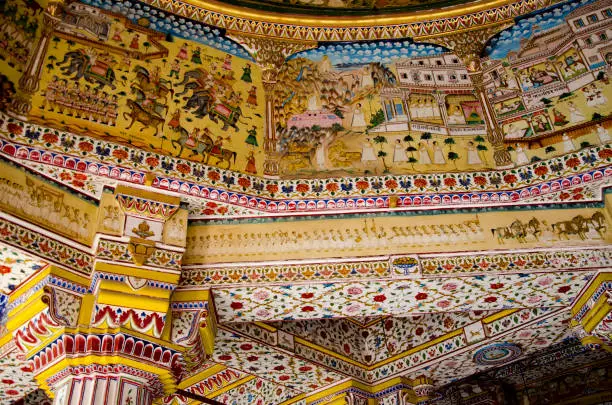
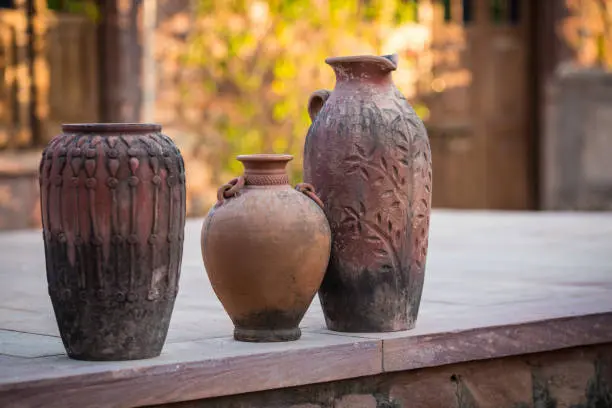
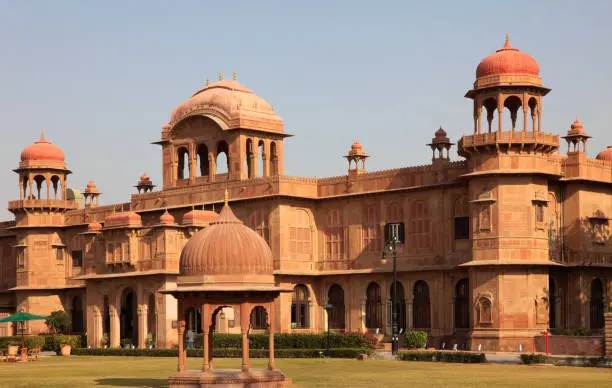
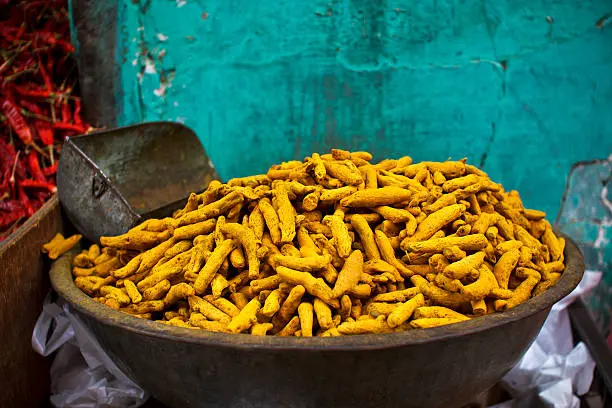
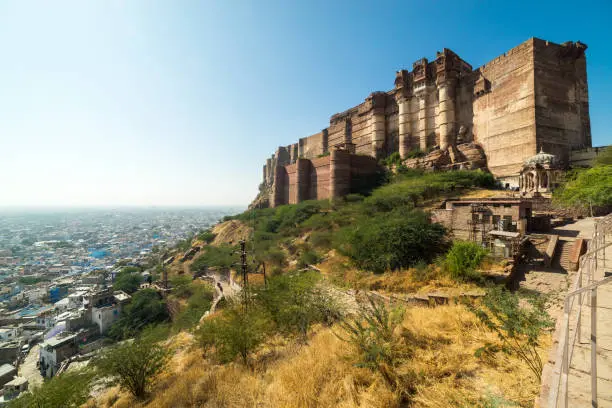
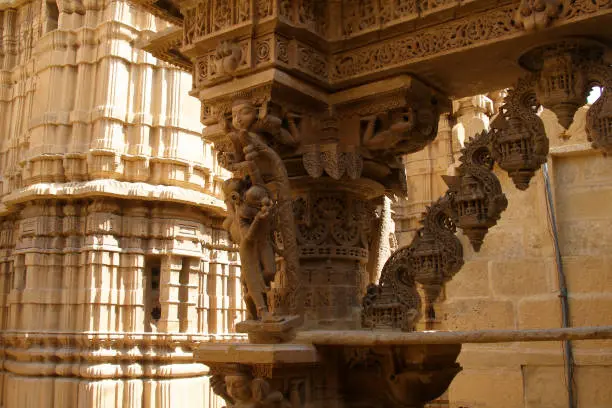
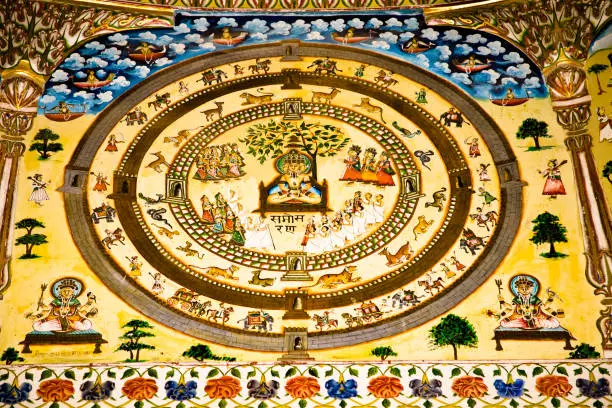

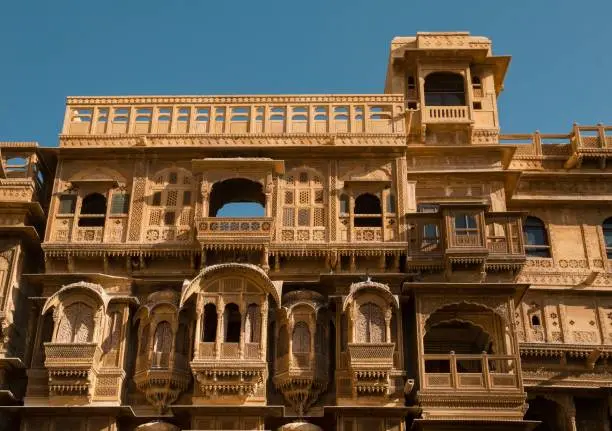
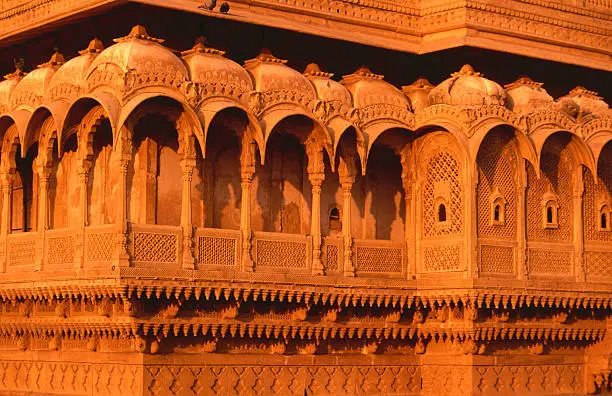







Languages
The people of the desert speak various languages, such as Hindi, Rajasthani, Sindhi, Gujarati, Punjabi, Urdu, and English. Some of the dialects spoken in the desert are Marwari, Mewari, Shekhawati, Bagri, Dhundhari, and Harauti.
Religions
The people of the desert follow various religions, such as Hinduism, Islam, Sikhism, Jainism, and Christianity. Some of the religious sects and movements in the desert are Bishnoism, Kabirpanth, Dadupanth, and Sufism.

Festivals

The people of the desert celebrate various festivals, such as Diwali, Holi, Eid, Guru Nanak Jayanti, Mahavir Jayanti, and Christmas. Some of the festivals specific to the desert are Teej, Gangaur, Desert Festival, Camel Festival, and Nagaur Fair.
Music and dance
The people of the desert have a rich and vibrant music and dance tradition, with various genres, instruments, and styles. Some of the music and dance forms of the desert are:

Folk music
Folk music is the music of the common people, reflecting their emotions, stories, and beliefs. Some of the folk music genres of the desert are Maand, Panihari, Bhopa, and Langas.
Classical music
Classical music is the music of the refined and sophisticated, following the rules and principles of the Indian musical system. Some of the classical music genres of the desert are Dhrupad, Khayal, Thumri, and Ghazal.
Folk instruments
Folk instruments are the musical instruments made and played by the local people, using simple and natural materials. Some of the folk instruments of the desert are Sarangi, Kamaycha, Algoza, Morchang, and Khartal.
Classical instruments
Classical instruments are the musical instruments made and played by the trained and skilled musicians, using complex and refined materials. Some of the classical instruments of the desert are Sitar, Tabla, Harmonium, and Tanpura.
Folk dance
Folk dance is the dance of the common people, expressing their joy, sorrow, and celebration. Some of the folk dance forms of the desert are Ghoomar, Kalbelia, Bhavai, and Chari.
Classical dance
Classical dance is the dance of the refined and sophisticated, following the rules and principles of the Indian dance system. Some of the classical dance forms of the desert are Kathak, Odissi, Bharatanatyam, and Kuchipudi.
Arts and crafts
The people of the desert have a rich and varied arts and crafts tradition, with various forms, materials, and techniques. Some of the arts and crafts of the desert are:
Painting

Painting is the art of creating images on various surfaces, using colors, brushes, and other tools. Some of the painting styles of the desert are Phad, Pichwai, Miniature, and Fresco.
Pottery
Pottery is the art of making objects from clay, using hands, wheels, and other tools. Some of the pottery styles of the desert are Blue Pottery, Terracotta, and Glazed Pottery.

Textile

Jewelry
Jewelry is the art of making ornaments from metals, stones, and other materials, using molding, carving, and other techniques. Some of the jewelry styles of the desert are Kundan, Meenakari, Thewa, and Lac.

Woodwork
Woodwork is the art of making objects from wood, using cutting, carving, and other tools. Some of the woodwork styles of the desert are Jali, Jharokha, and Shekhawati.
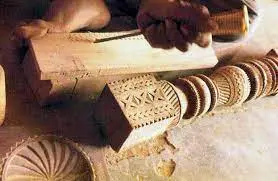
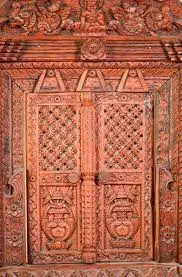

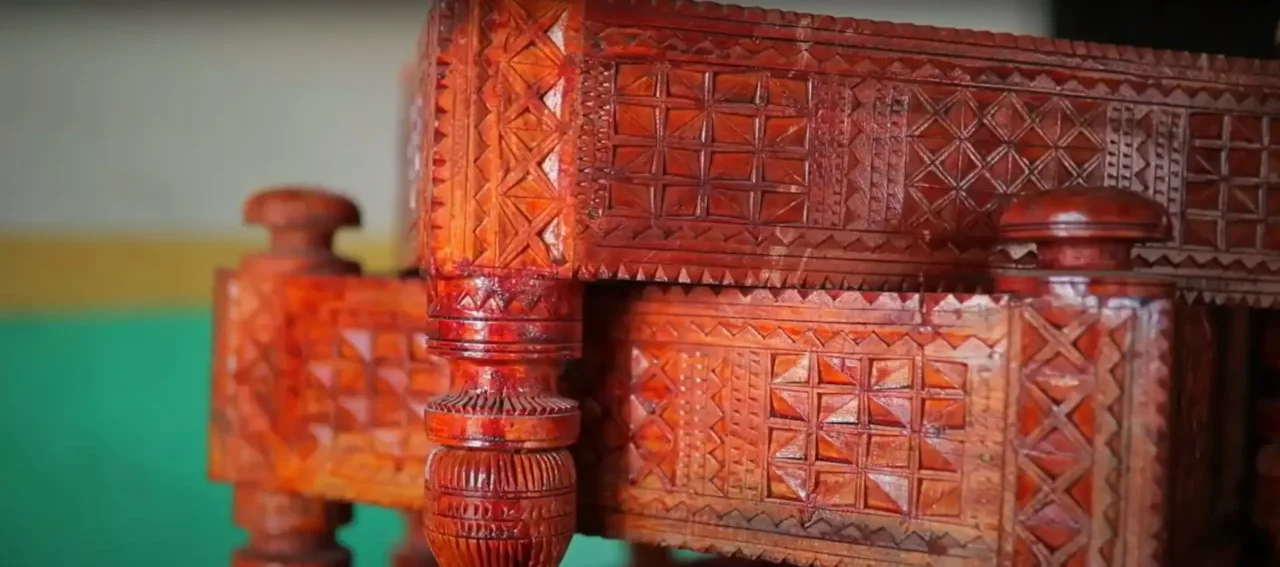
Metalwork
Metalwork is the art of making objects from metal, using hammering, casting, and other techniques. Some of the metalwork styles of the desert are Bidri, Damascene, and Brassware.
Tourism and attractions of the thar desert
The Thar Desert is a popular tourist destination, attracting visitors from India and abroad. The desert offers a variety of attractions and activities, such as:
Camel safari

Camel safari is one of the most exciting and adventurous ways to explore the desert. It involves riding a camel, the ship of the desert, through the sand dunes, villages, and historical sites. It also provides an opportunity to experience the desert life, culture, and cuisine.
Desert camping
Desert camping is another way to enjoy the desert. It involves staying in tents, cottages, or huts, under the starry sky, and listening to the folk music and stories of the desert. It also provides a chance to witness the sunrise and sunset, and the wildlife of the desert.
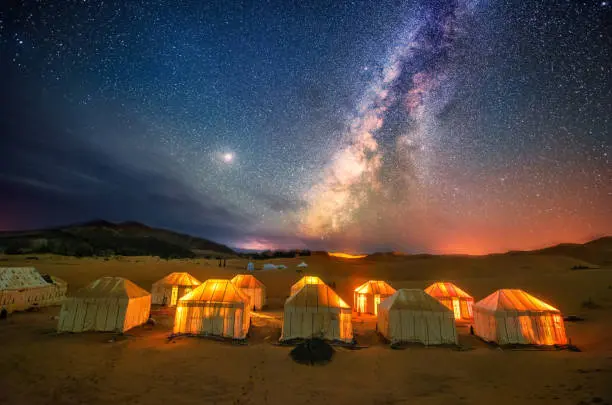
Heritage hotels
Heritage hotels are the hotels that are converted from the old palaces, forts, havelis, and castles of the desert. They offer a luxurious and royal stay, with the modern amenities and the traditional hospitality. They also showcase the architecture, art, and history of the desert.






Wildlife sanctuaries
Wildlife sanctuaries are the protected areas that conserve the flora and fauna of the desert. They offer a thrilling and educational experience, with the guided tours, safaris, and nature walks. They also host various events, such as bird watching, photography, and research.














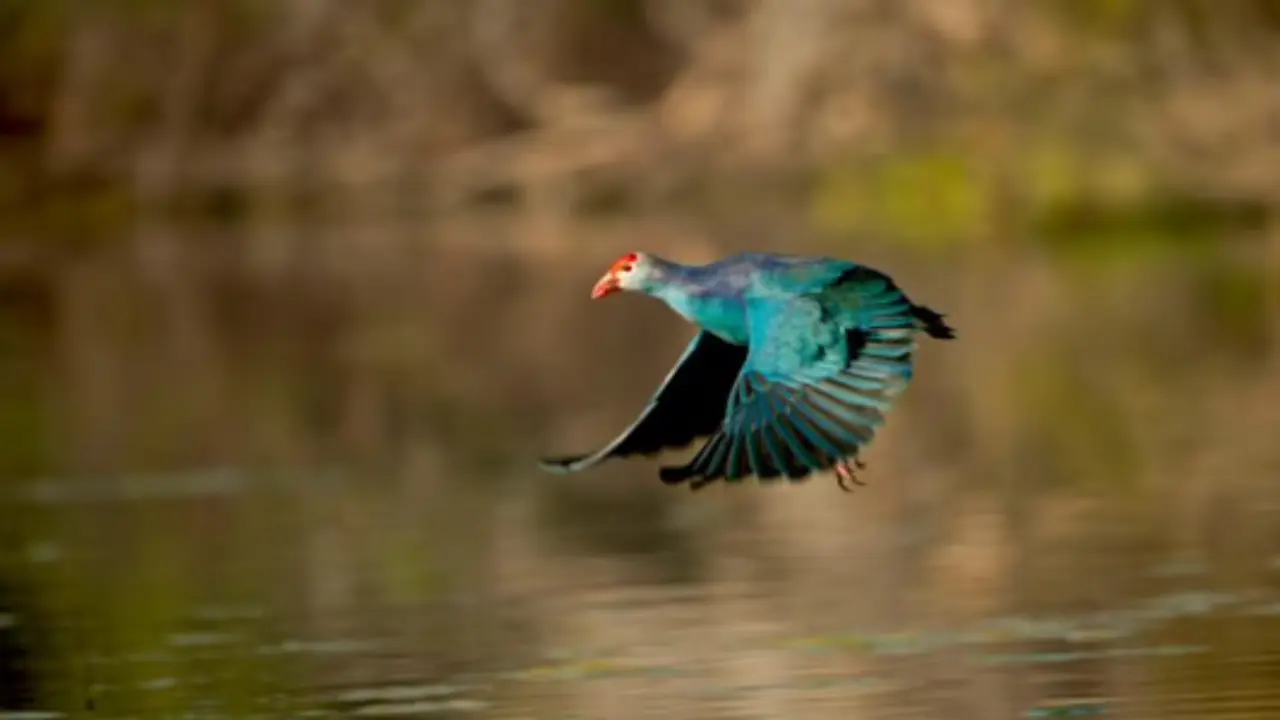
Related:
Historical monuments
Historical monuments are the structures that reflect the glorious past of the desert. They include the temples, mosques, tombs, and museums, that display the religious, cultural, and artistic aspects of the desert. They also narrate the stories, legends, and myths of the desert.

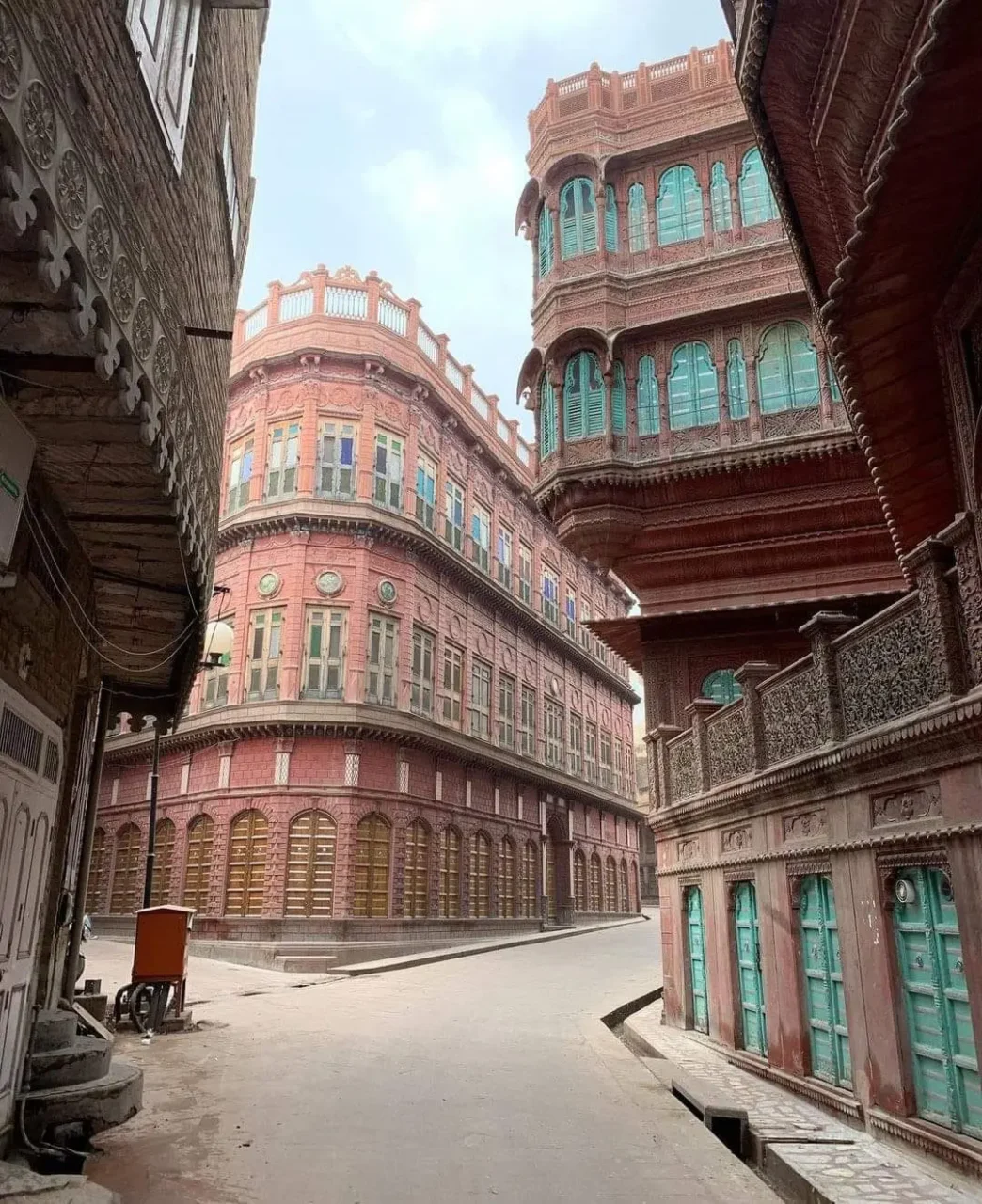









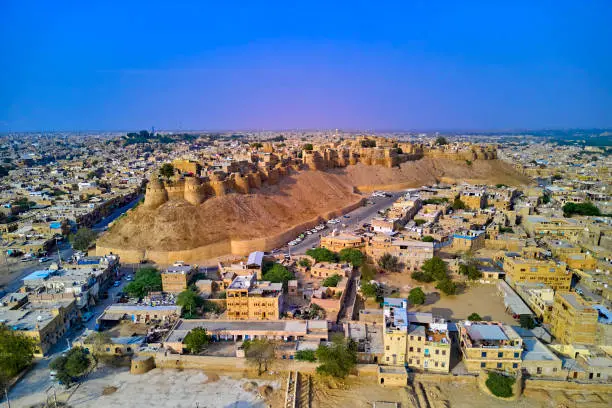






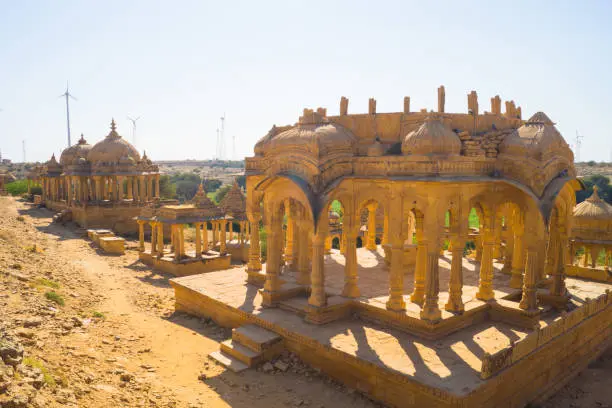




Some of the popular tourist places in the Thar Desert are:
| Place | Description |
|---|---|
| Jaisalmer | Jaisalmer is the golden city of the desert, famous for its sandstone fort, havelis, and lake. It is also the hub of camel safaris, desert festivals, and cultural events. |
| Bikaner | Bikaner is the camel country of the desert, known for its junagarh fort, temples, and camel research center. It is also the home of the famous Bikaneri bhujia, a spicy snack. |
| Jodhpur | Jodhpur is the blue city of the desert, renowned for its mehrangarh fort, palaces, and gardens. It is also the center of handicrafts, such as bandhani, pottery, and metalwork. |
| Pushkar | Pushkar is the holy city of the desert, sacred for its lake, temples, and ghats. It is also the venue of the world’s largest camel fair, held every year in November. |
| Khimsar | Khimsar is the oasis of the desert, blessed with its sand dunes, lake, and wildlife. It is also the site of the Khimsar fort, a heritage hotel that offers a royal stay. |
Life in the Thar Desert
The Thar Desert is a vast and arid region in the north-western part of India and Pakistan, covering an area of about 200,000 sq km. It is the world’s 18th largest desert, and the world’s 9th largest hot subtropical desert. It has a population of about 30 million people, making it the most densely populated desert in the world. The people of the Thar Desert have a rich and diverse culture, history, and heritage, but they also face many challenges and problems due to the harsh and uncertain environment.
Livelihood


















The main livelihood of the people in the Thar Desert is agriculture, which accounts for about 60% of the employment. The crops grown in the desert include millet, sorghum, wheat, barley, pulses, cotton, and mustard. However, agriculture is dependent on the erratic and scarce rainfall, which averages less than 250 mm per year. Therefore, irrigation is essential for crop production, and various methods are used, such as rain-fed farming, canal irrigation, tube wells, and drip irrigation .
Another important livelihood of the people in the Thar Desert is animal husbandry, which accounts for about 25% of the employment. The animals reared in the desert include camels, cows, buffaloes, sheep, goats, and horses. These animals provide milk, meat, wool, leather, and transport for the people. They also help in ploughing, threshing, and manuring the fields. The animals are well-adapted to the desert conditions, and some of them, such as the camel and the sheep, are highly valued for their economic and cultural significance.
Other livelihoods of the people in the Thar Desert include mining, energy generation, tourism, and handicrafts . The desert has valuable reserves of minerals, such as feldspar, phospherite, gypsum, and kaolin, which are used for various purposes, such as cement, fertilizer, and medicine. The desert also has potential for renewable energy sources, such as solar and wind power, which are used for electricity and water desalination. The desert attracts many tourists, who want to see the wildlife, the historical monuments, and the cultural events of the region. The desert also has a rich tradition of arts and crafts, such as painting, pottery, textile, jewelry, woodwork, and metalwork, which are sold in the local and global markets.
Problems
The people of the Thar Desert face many problems and challenges, such as:
Water scarcity

Water is the most precious and limited resource in the desert, and its availability and quality are affected by various factors, such as drought, overexploitation, salinization, and pollution. The people have to depend on various sources of water, such as rivers, canals, wells, ponds, and tanks, but these are often insufficient, unreliable, or contaminated. The lack of water affects the health, hygiene, and livelihood of the people, and also leads to conflicts and disputes over water rights and access.
Land degradation
Land degradation is the loss or deterioration of the productive capacity and quality of the land, due to various factors, such as overgrazing, wind and water erosion, mining, and industrial activities. Land degradation reduces the soil fertility, water retention, and biodiversity of the land, and also increases the vulnerability to desertification. Land degradation affects the food security, income, and sustainability of the people, and also causes environmental and social problems, such as dust storms, floods, and migration.

Climate change
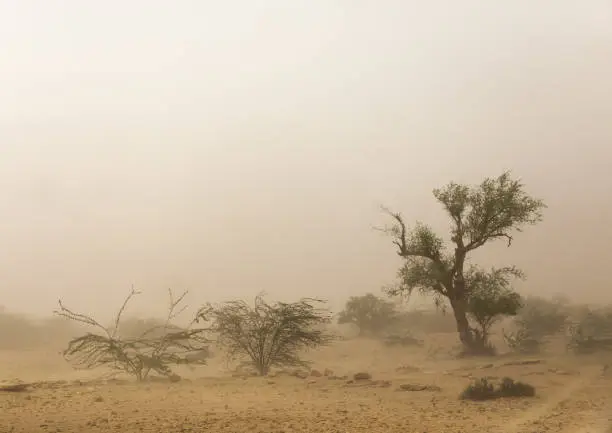
Climate change is the long-term change in the average weather patterns and conditions of the earth, due to natural or human-induced factors, such as greenhouse gas emissions, deforestation, and urbanization. Climate change affects the temperature, precipitation, and evaporation of the desert, and also alters the frequency and intensity of extreme weather events, such as heat waves, droughts, and floods. Climate change impacts the water availability, crop production, animal health, and disease occurrence of the desert, and also poses risks to the livelihood, adaptation, and resilience of the people.
Role of Indira Gandhi Canal
Indira Gandhi was the Prime Minister of India from 1966 to 1977 and from 1980 to 1984. She played an important role in the development of the Thar Desert, especially in the field of water management. She initiated and inaugurated the Indira Gandhi Canal, also known as the Rajasthan Canal, which is the longest canal in India, with a length of 649 km. The canal brings water from the Sutlej River in Punjab to the arid regions of Rajasthan, and irrigates about 3,500 sq km of land in the Thar Desert .
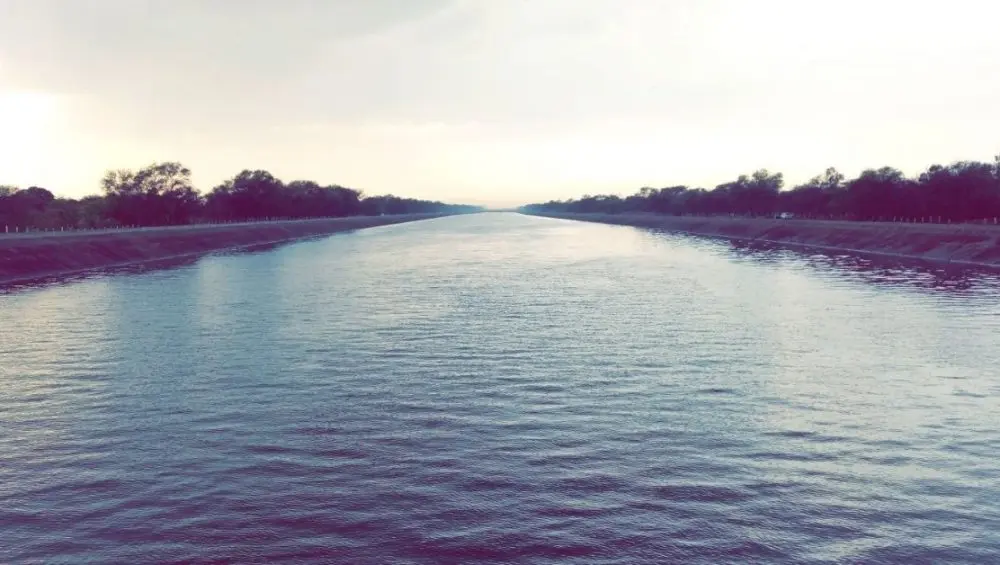
The canal has transformed the desert into a green and fertile area, and has improved the agriculture, economy, and living standards of the people. The canal has also helped in recharging the groundwater, controlling the salinity, and increasing the biodiversity of the desert. The canal is considered as one of the greatest achievements of Indira Gandhi, and a symbol of her vision and leadership.
More problems and solutions
Some of the more problems faced by the people of the Thar Desert are:
Poverty
Poverty is the state of being poor, deprived, or disadvantaged, in terms of income, assets, education, health, or opportunities. Poverty is widespread and persistent in the Thar Desert, and affects the quality of life and well-being of the people. Poverty is caused by various factors, such as low productivity, limited employment, unequal distribution, and lack of access to basic services and resources. Poverty also leads to various consequences, such as malnutrition, illiteracy, morbidity, mortality, and social exclusion.

Gender inequality

Gender inequality is the unequal treatment or discrimination of people based on their gender, in terms of rights, roles, responsibilities, or opportunities. Gender inequality is prevalent and deep-rooted in the Thar Desert, and affects the status and empowerment of women. Gender inequality is caused by various factors, such as patriarchal norms, cultural practices, religious beliefs, and legal systems . Gender inequality also leads to various consequences, such as violence, exploitation, oppression, and marginalization of women.
Population pressure
Population pressure is the stress or strain on the environment and resources due to the high or increasing population density or growth. Population pressure is evident and growing in the Thar Desert, and affects the carrying capacity and sustainability of the region. Population pressure is caused by various factors, such as high fertility, low mortality, migration, and urbanization. Population pressure also leads to various consequences, such as overcrowding, congestion, pollution, and competition for water, land, and food.
Some of the possible solutions for these problems are:
Poverty reduction
Poverty reduction is the process or goal of alleviating or eliminating poverty, and improving the living conditions and opportunities of the poor. Poverty reduction can be achieved by various strategies, such as increasing productivity, creating employment, enhancing income, ensuring distribution, and providing access to basic services and resources. Poverty reduction can also involve various actors, such as governments, NGOs, donors, private sector, and civil society.
Gender equality
Gender equality is the state or condition of being equal or fair for both genders, in terms of rights, roles, responsibilities, and opportunities. Gender equality can be achieved by various measures, such as changing norms, empowering women, promoting education, ensuring health, and enforcing laws. Gender equality can also benefit various aspects, such as human rights, social justice, economic growth, and environmental protection.
Population control
Population control is the regulation or limitation of the population size or growth, to maintain a balance between the people and the environment. Population control can be achieved by various methods, such as reducing fertility, increasing mortality, managing migration, and planning urbanization. Population control can also have various implications, such as ethical, social, political, and ecological.
Archaeology in Thar Desert
The Thar Desert has a rich and ancient history, dating back to the Indus Valley Civilization, which flourished in the region from 2500 to 1700 BCE (and even before that around 10,000 BCE according to a recent discovery in 1990 AD). The desert has many archaeological sites, such as Kalibangan, Rakhigarhi, Ganweriwala, and Dholavira, which reveal the culture, trade, and technology of the ancient people. The desert also has many rock art sites, such as Bhimbetka, which depict the life and beliefs of the prehistoric people.

Cuisine of Thar Desert
The Thar Desert has a unique and delicious cuisine, influenced by the local ingredients, climate, and culture. The cuisine is mainly vegetarian, with a few exceptions of meat dishes, such as laal maas (red meat curry) and safed maas (white meat curry). The cuisine is also spicy, due to the use of various spices, such as cumin, coriander, fennel, and red chili. Some of the popular dishes of the desert are dal baati churma (lentil, bread, and sweet), ker sangri (desert beans and berries), gatte ki sabzi (gram flour dumplings), and bikaneri bhujia (spicy snack).
- Ker Sangri: A dish that represents the history of the Thar Desert and the resourcefulness of its people. It’s made from dried sangri, which are manually pricked pods from the khejri tree.
- Gatte ki Sabzi: A popular Rajasthani dish made from gram flour or besan gatta served in a spicy yogurt curry. It’s eaten with rice or Rajasthani breads.
- Daal Baati Churma: A famous combination of hard wheat bread, spicy lentil curry, and sweet churma.
- Pyaaz Kachori: A street food from Jodhpur made from a round, fluffy fritter infused with onion and aromatic herbs and spices. It’s often eaten with sweet chutney.
- Makhania Lassi: A rich and thick lassi with a creamy texture that’s best eaten with a spoon.
- Ghevar: A traditional sweet dish made from flour, milk, ghee, and sugar. It comes in various forms and shapes.
- Laal Maans: A famous non-vegetarian dish made with marinated spicy mutton. Traditionally, it was made with wild boar or deer.
- Kadhi: A common Indian preparation made from besan and pakodis. Rajasthani kadhi is spicier and mouth-watering.
Folklore
The Thar Desert has a rich and diverse folklore, consisting of various legends, myths, stories, and songs. The folklore reflects the values, beliefs, and emotions of the people of the desert. Some of the famous folktales of the desert are the love stories of Dhola-Maru, Moomal-Mahendra, and Sassi-Punnu, which are narrated in the form of ballads or songs. Some of the famous folk songs of the desert are Gorband, Nimbuda, Mor Bole Re, and Kesariya Balam, which are sung on various occasions, such as weddings, festivals, and fairs.
Dhola-Maru
Dhola-Maru is a tragic love story of a young couple, Dhola and Maru, who are separated by their families and enemies, and face many trials and tribulations before they are reunited. The story is set in the medieval period, when Rajasthan was ruled by various clans and kingdoms. The story is told in the form of a long and lyrical ballad, called Dhola, which has about 4000 verses and is sung by professional singers, called Bhopas.
Moomal-Mahendra
Moomal-Mahendra is a romantic love story of a beautiful princess, Moomal, and a handsome prince, Mahendra, who fall in love at first sight, but are separated by fate and circumstances, and face many hardships and obstacles before they are reunited. The story is set in the historical period, when Sindh was ruled by the Soomra dynasty, and Rajasthan was ruled by the Rathore dynasty. The story is told in the form of a short and sweet song, called Moomal, which has about 100 verses and is sung by folk singers, called Langas.
Sassi-Punnu
Sassi-Punnu is a tragic love story of a beautiful girl, Sassi, and a handsome boy, Punnu, who are destined to be together, but are separated by their families and rivals, and face many dangers and difficulties before they die in each other’s arms. The story is set in the historical period, when Sindh was ruled by the Samma dynasty, and Balochistan was ruled by the Lashari tribe. The story is told in the form of a long and emotional song, called Sassi, which has about 500 verses and is sung by folk singers, called Manganiyars.
Some of the famous folk songs of the desert are:
Gorband

Gorband is a lively and cheerful song, sung by the women of the desert, while adorning their camels with colorful and ornamental strings, called Gorband. The song praises the beauty and grace of the camels, and also expresses the love and affection of the women for their husbands, brothers, and sons, who ride the camels. The song is sung during the festivals and fairs, such as the Pushkar Fair and the Camel Festival, where the camels are decorated and displayed.
Nimbuda
Nimbuda is a playful and teasing song, sung by the women of the desert, while applying the paste of neem leaves, called Nimbuda, on their faces and bodies, to enhance their beauty and complexion. The song mocks and challenges the men of the desert, and also invites and flirts with them. The song is sung during the festivals and fairs, such as the Teej and the Gangaur, where the women dress up and dance.
Mor Bole Re
Mor Bole Re is a melodious and soothing song, sung by the men of the desert, while playing the flute, called Mor, which resembles the sound of a peacock, called Mor. The song expresses the feelings and emotions of the men, and also conveys their messages and requests to their beloved ones. The song is sung during the monsoon season, when the peacocks dance and the rain falls.
Kesariya Balam
Kesariya Balam is a sweet and sentimental song, sung by the women of the desert, while bidding farewell to their husbands, brothers, or sons, who are leaving for a long journey or a war, called Balam. The song wishes them a safe and successful return, and also reminds them of their love and loyalty. The song is sung during the departure and arrival of the men, and also during the festivals and fairs, such as the Holi and the Diwali, where the men and women reunite.
